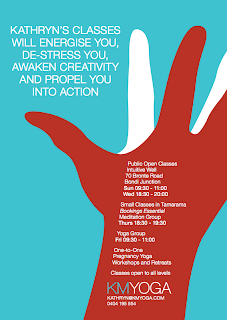How often should I do Yoga?
Ultimately, a yoga practice is best done daily. Even a few minutes every day can make a big difference! This gets you centered for your day and provides maximum progression. But any practice, however often, will be beneficial. Two to three times a week will provide noticeable results. Many people find that they feel so good when they do yoga, they want to do more and more!
Why do some teachers wear a headscarf or turban?
Head coverings of any kind are useful for a meditative practice. Turbans in particular are useful for holding energy in, and for creating a meditative focus at the third eye point (brow point). In addition, the turban provides a nice cranial adjustment. Some teachers wear a turban or head covering for these yogic reasons alone.
Why wear white yoga clothing?
For the practice of Kundalini Yoga it is helpful to wear white, natural fiber clothing. The color white is good for the body energetically and for the nervous system. Natural fiber clothing (cotton is suggested) allows the body to breathe and is comfortable during yoga. White clothes can enhance your Kundalini experience by expanding your electro-magnetic field (aura), your personal awareness and makes it easier for the teacher to see how you are breathing and moving during class.






